About McDonnell Douglas DC-10

The McDonnell Douglas DC-10 is an American trijet wide-body aircraft manufactured by McDonnell Douglas. The DC-10 was intended to succeed the DC-8 for long-range flights. It first flew on August 29, 1970; it was introduced on August 5, 1971, by American Airlines. The trijet has two turbofans on underwing pylons and a third one at the base of the vertical stabilizer. The twin-aisle layout has a typical seating for 270 in two classes. The initial DC-10-10 had a 3,500-nautical-mile [nmi] (6,500 km; 4,000 mi) range for transcontinental flights. The DC-10-15 had more powerful engines for hot and high airports. The DC-10-30 and –40 models (with a third main landing gear leg to support higher weights) each had intercontinental ranges of up to 5,200 nmi (9,600 km; 6,000 mi). The KC-10 Extender (based on the DC-10-30) is a tanker aircraft operated primarily by the United States Air Force.
Early operations of the DC-10 were afflicted by its poor safety record, which was partially attributable to a design flaw in the original cargo doors that caused multiple incidents, including fatalities. Most notably the crash of Turkish Airlines Flight 981 in Paris in 1974, the deadliest crash in aviation history up to that time. Following the American Airlines Flight 191 crash (deadliest aviation accident in US history), the US Federal Aviation Administration (FAA) temporarily banned all DC-10s from U.S. airspace in June 1979. In August 1983, McDonnell Douglas announced that production would end due to a lack of orders, as it had widespread public apprehension after the 1979 crash and a poor fuel economy reputation. As design flaws were rectified and fleet hours increased, the DC-10 achieved a long-term safety record comparable to those of similar-era passenger jets.
Production ended in 1989, with 386 delivered to airlines along with 60 KC-10 tankers. The DC-10 outsold the similar Lockheed L-1011 TriStar. It was succeeded by the lengthened, heavier McDonnell Douglas MD-11. After merging with McDonnell Douglas in 1997, Boeing upgraded many in-service DC-10s as the MD-10 with a glass cockpit that eliminated the need for a flight engineer. In February 2014, the DC-10 made its last commercial passenger flight. Cargo airlines continued to operate a small number as freighters. The Orbis Flying Eye Hospital is a DC-10 adapted for eye surgery. A few DC-10s have been converted for aerial firefighting use. Some DC-10s are on display, while other retired aircraft are in storage.
Air New Zealand Flight 901
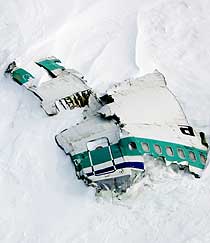
The Mount Erebus disaster occurred on 28 November 1979 when Air New Zealand Flight 901 (TE901) flew into Mount Erebus on Ross Island, Antarctica, killing all 237 passengers and 20 crew on board. Air New Zealand had been operating scheduled Antarctic sightseeing flights since 1977. This flight was supposed to leave Auckland Airport in the morning and spend a few hours flying over the Antarctic continent, before returning to Auckland in the evening via Christchurch. The initial investigation concluded the accident was caused primarily by pilot error, but public outcry led to the establishment of a Royal Commission of Inquiry into the crash. The commission, presided over by Justice Peter Mahon QC, concluded that the accident was primarily caused by a correction made to the coordinates of the flight path the night before the disaster, coupled with a failure to inform the flight crew of the change, with the result that the aircraft, instead of being directed by computer down McMurdo Sound (as the crew had been led to believe), was instead rerouted to a path toward Mount Erebus. Justice Mahon's report accused Air New Zealand of presenting "an orchestrated litany of lies", and this led to changes in senior management at the airline. The Privy Council later ruled that the finding of a conspiracy was a breach of natural justice and not supported by the evidence.
The accident is the deadliest accident in the history of Air New Zealand, the deadliest aviation accident in Antarctica and one of New Zealand's deadliest peacetime disasters.
Specifications
Spotlights
- SimplePlaneAviation 24 days ago
General Characteristics
- Predecessor United Airlines Douglas DC 10-10 [Flight 232]
- Created On Android
- Wingspan 165.4ft (50.4m)
- Length 181.7ft (55.4m)
- Height 59.0ft (18.0m)
- Empty Weight N/A
- Loaded Weight 130,214lbs (59,064kg)
Performance
- Power/Weight Ratio 1.169
- Horse Power/Weight Ratio 0.034
- Wing Loading 27.7lbs/ft2 (135.3kg/m2)
- Wing Area 4,700.5ft2 (436.7m2)
- Drag Points 10461
Parts
- Number of Parts 575
- Control Surfaces 9
- Performance Cost 3,458

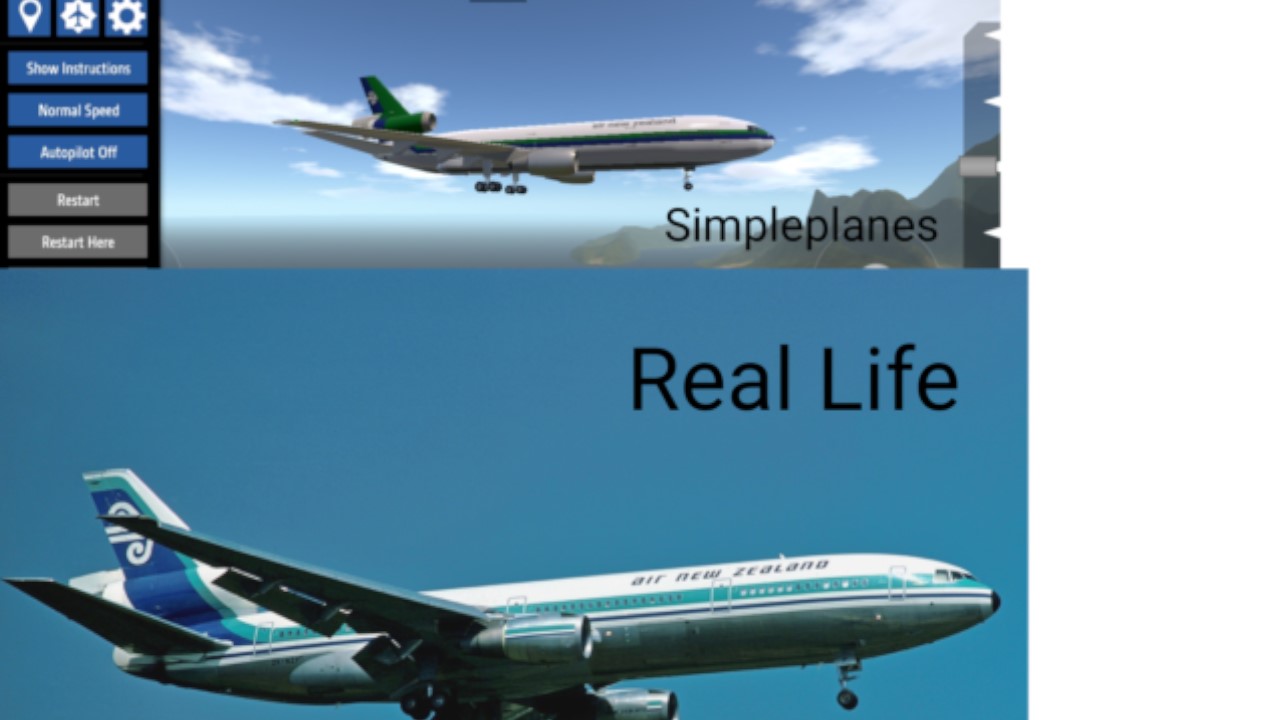
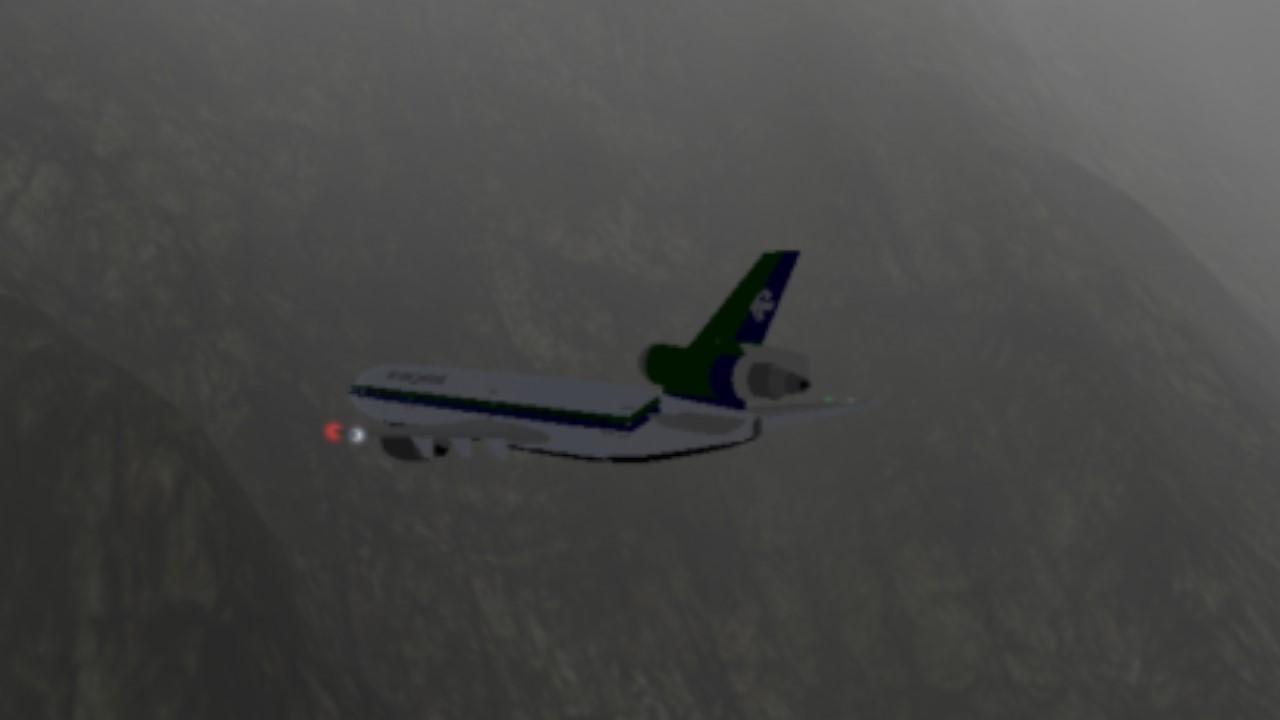
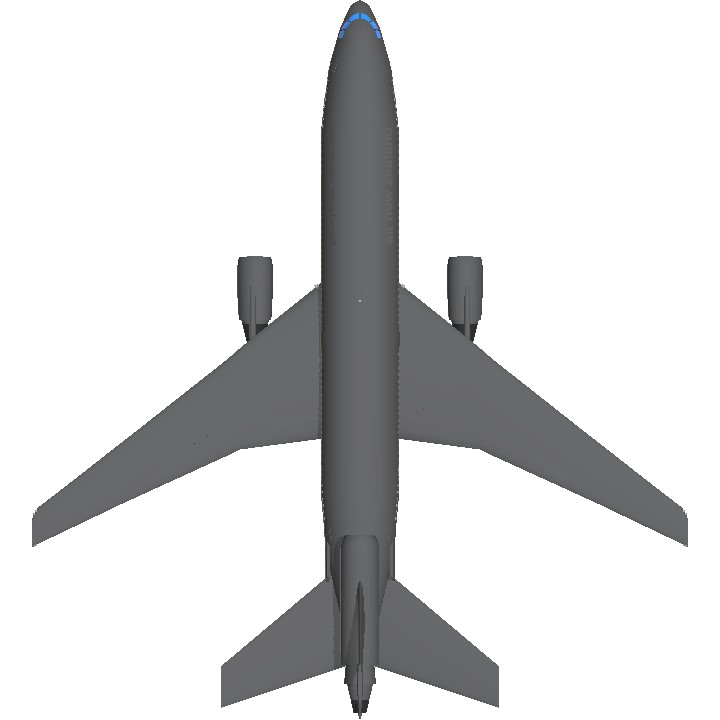
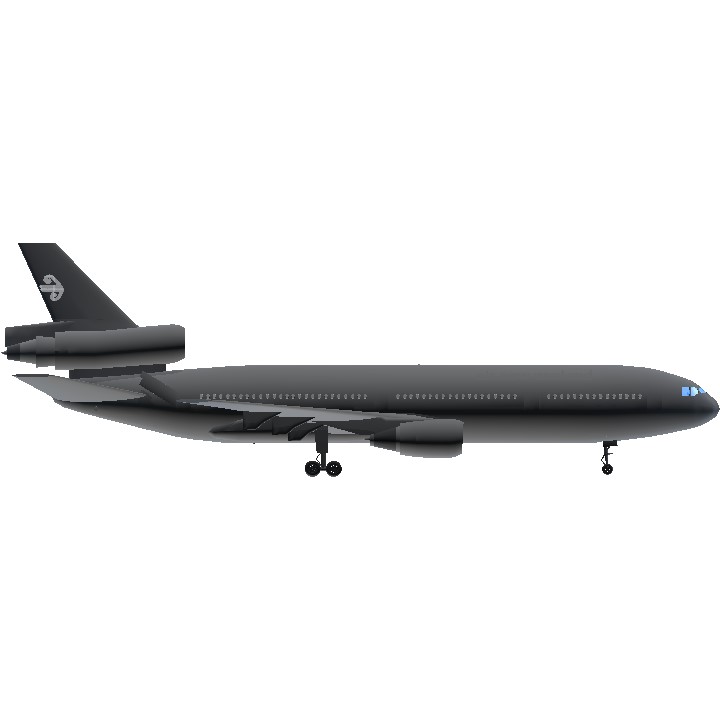
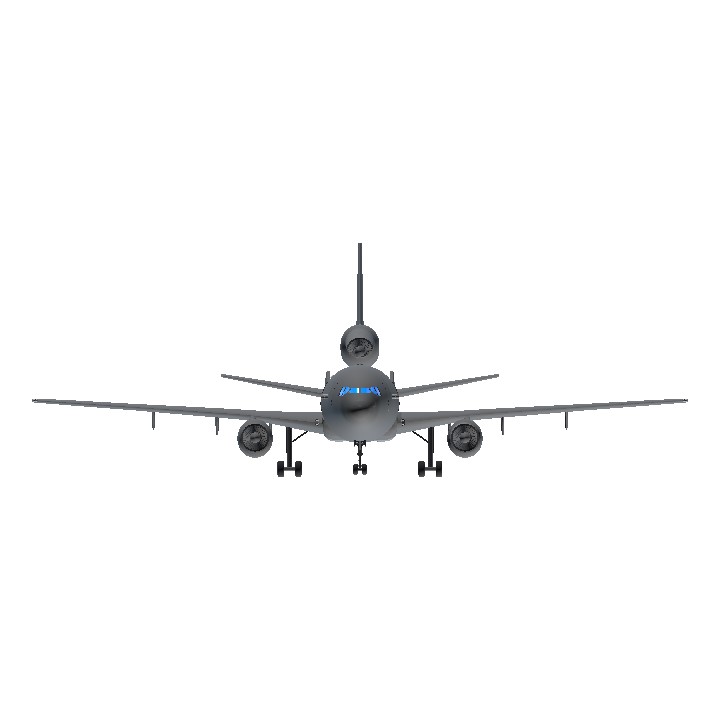
@SimplePlaneAviation really?
Both of us are working